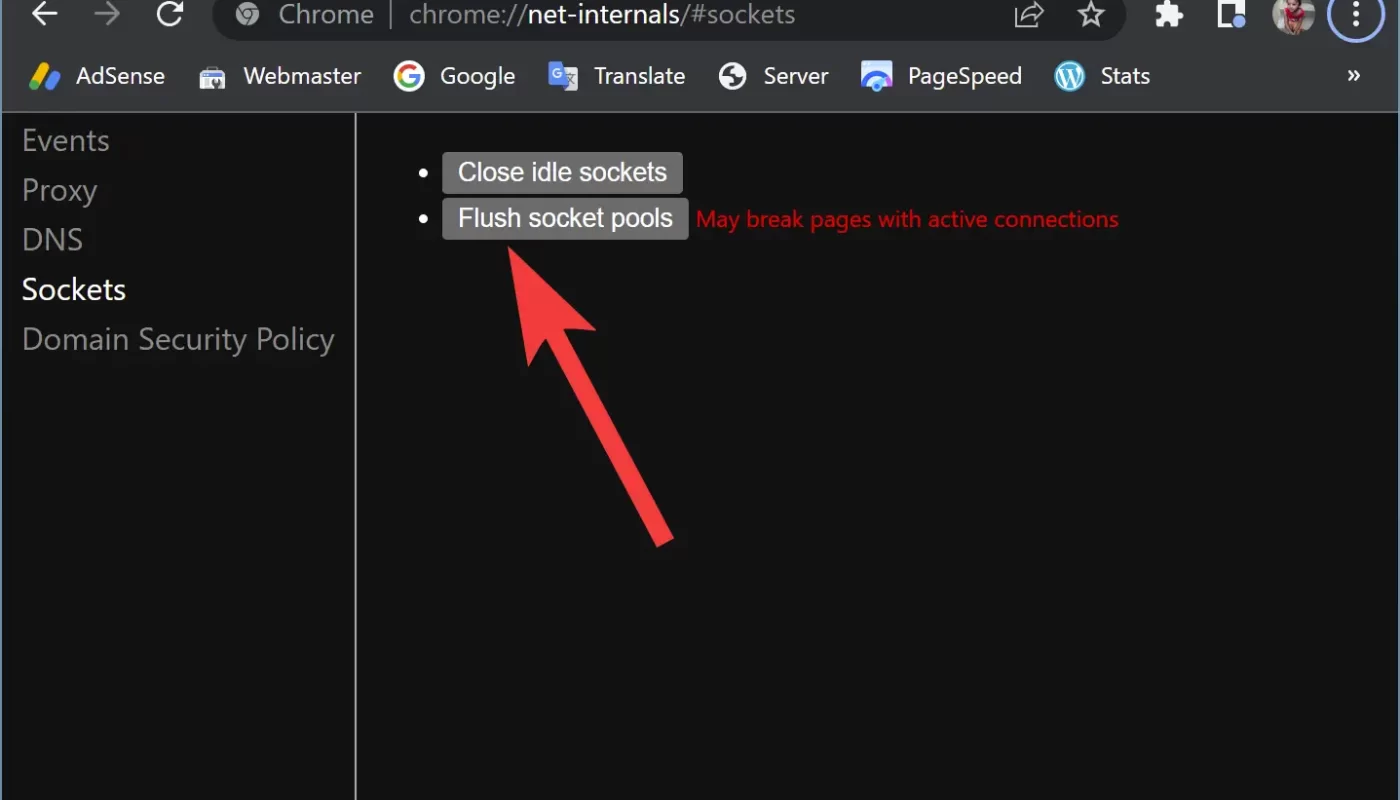In today’s fast-paced digital world, a smooth and speedy browsing experience is non-negotiable. However, there are times when your web browser, like Google Chrome, might slow down due to DNS (Domain Name System) issues. The good news is that you can resolve these problems quickly by clearing your DNS cache using a handy tool called “chrome //net-internals/#dns clear.” In this article, we’ll walk you through the process step by step, making sure your online adventures stay swift and trouble-free.
Table of Contents
Why Clearing DNS Cache Matters
Before we dive into the “how,” let’s briefly discuss the “why.” DNS cache stores records of previously resolved domain names and their corresponding IP addresses. Over time, this cache can become cluttered or outdated, leading to slow loading times and even website errors. By clearing it, you ensure that Chrome fetches the most current DNS information, which can significantly improve your browsing speed.

Accessing the “Chrome //net-internals/#dns Clear” Page
To get started, open your Google Chrome browser. Follow these simple steps:
Launch Chrome: Open Google Chrome on your computer.
Type in the Address Bar: In the address bar at the top, type or paste the following: chrome //net-internals/#dns clear and hit Enter.
Navigate to the DNS Page: You will be directed to the DNS page within Chrome’s internal settings.
Clearing the DNS Cache
Now that you’re on the right page, let’s clear that DNS cache:
Click on “Clear Host Cache” Button: You’ll see a button labeled “Clear Host Cache” near the top of the page. Click on it.
Confirmation Popup: A confirmation popup will appear. Click on “Clear” to confirm that you want to clear the DNS cache.
Cache Cleared: Once you’ve confirmed, you should see a message indicating that the cache has been cleared successfully.
Checking the DNS Cache
It’s always a good idea to double-check to make sure the cache is indeed cleared:
Scroll Down : Scroll down on the same page, and you’ll find a section labeled “Resolved Host Cache Entries.”
Verify Empty Cache: If the cache is cleared, this section should be empty, indicating that there are no resolved host cache entries.
Benefits of Clearing DNS Cache
Now that your DNS cache is clear, you’ll likely notice some immediate benefits:
Faster Browsing
Without outdated DNS records slowing you down, websites will load faster, and your browsing experience will be smoother.
Reduced Errors
Clearing the DNS cache can help prevent errors like “DNS_PROBE_FINISHED_BAD_CONFIG” or “DNS address could not be found.”
Privacy Boost
Clearing your DNS cache also adds a layer of privacy by erasing your browsing history stored in the cache.
When Should You Clear DNS Cache?
Wondering when to perform this maintenance task? Here are some scenarios:
Website Errors
If you encounter frequent website errors or slow loading times, it’s a good idea to clear the DNS cache.
Network Changes
When you switch networks or configure your DNS settings, clearing the cache ensures your browser picks up the new information.
Routine Maintenance
Some users choose to clear their DNS cache regularly to keep their browser running smoothly.
Troubleshooting
In case you encounter issues while clearing your DNS cache, here are some tips:
Check Browser Version
Ensure you’re using an up-to-date version of Google Chrome for the best results.
Extensions and Plugins
Sometimes, browser extensions or plugins can interfere with this process. Disable them temporarily if you face issues.
Clear Browser Cache
If clearing the DNS cache doesn’t solve your problems, you may also want to clear your browser’s cache.
Conclusion
In conclusion, if you want to enjoy a faster and error-free browsing experience with Google Chrome, clearing the DNS cache using “chrome //net-internals/#dns clear” is a simple yet effective solution. It helps eliminate bottlenecks caused by outdated DNS records, leading to a smoother online journey.



